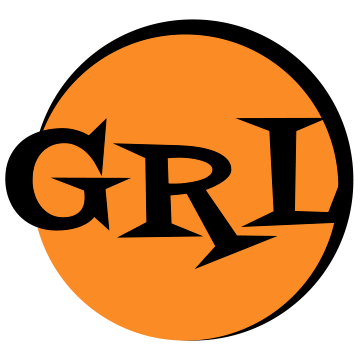More actions
Addition. |
m Updated cat. |
||
| Line 47: | Line 47: | ||
[[Category:09/2021]] | [[Category:09/2021]] | ||
[[Category: | [[Category:William Blake]] | ||
[[Category:Annotated]] | [[Category:Annotated]] | ||
Latest revision as of 17:08, 28 May 2022

|
Pity would be no more, |
Notes & Commentary
- ↑ From Songs of Experience, 1794. Compare this poem to its contrary, the “The Divine Image” from Songs of Innocence which espouses the virtues of “Mercy, Pity, Peace, and Love”; here, they have a negative side and could become means of “exploitation, cruelty, conflict, and hypocritical humility” (Greenblatt 2018, p. 60). Indeed, Blake saw an abstract as a negation, not a contrary, so this poem suggests that the values expressed as divine in SI are negated by experience (Tomlinson 1987, pp. 41–42).
- ↑ In a bureaucratic system of rules and laws, fear of the consequences for doing something right may trump the desire to good. Compare this idea to the beginning of “The Divine Image”: “To Mercy, Pity, Peace, and Love, / All pray in their distress.” Here, empathy and even sympathy are lacking in a system where Urizen “separates human beings from real spiritual life and enslaves them to a cold, abstract system” (Tomlinson 1987, p. 40). Here, it’s the system that matters, not the people it’s supposed to serve.
- ↑ Again, Humility comes from submission and obedience to the system—the Mystery below.
- ↑ Those who feed are likely the priests (Tomlinson 1987, p. 40).
Bibliography
- Ackroyd, Peter (1995). Blake: A Biography. New York: Ballantine Books.
- Battenhouse, Henry M. (1958). English Romantic Writers. New York: Barron’s Educational Series, Inc.
- Bloom, Harold (2003). William Blake. Bloom’s Major Poets. New York: Chelsea House.
- Frye, Northrup (1947). Fearful Symmetry: A Study of William Blake. Princeton, NJ: Princeton University Press.
- Gardner, Stanley (1969). Blake. Literary Critiques. New York: Arco.
- Green, Martin Burgess (1972). Cities of Light and Sons of Morning. Boston: Little, Brown.
- Greenblatt, Stephen, ed. (2018). The Norton Anthology of English Literature. The Major Authors. 2 (Tenth ed.). New York: W. W. Norton.
- Makdisi, Saree (2003). "The Political Aesthetic of Blake's Images". In Eaves, Morris. The Cambridge Companion to William Blake. Cambridge, UK: Cambridge UP. pp. 110–132.
- — (2015). Reading William Blake. Cambridge, UK: Cambridge University Press.
- Paulin, Tom (March 3, 2007). "The Invisible Worm". Guardian. Retrieved 2021-09-04.
- Thompson, E. P. (1993). Witness Against the Beast. New York: The New Press.
- Tomlinson, Alan (1987). Song of Innocence and of Experience by William Blake. MacMillan Master Guides. London: MacMillan Education.
- Wolfson, Susan J. (2003). "Blake's Language in Poetic Form". In Eaves, Morris. The Cambridge Companion to William Blake. Cambridge, UK: Cambridge UP. pp. 63–83.
Links and Web Resources
- Blake at the Internet Archive.
- Blake’s Notebook at the British Museum.
- William Blake Study Questions
